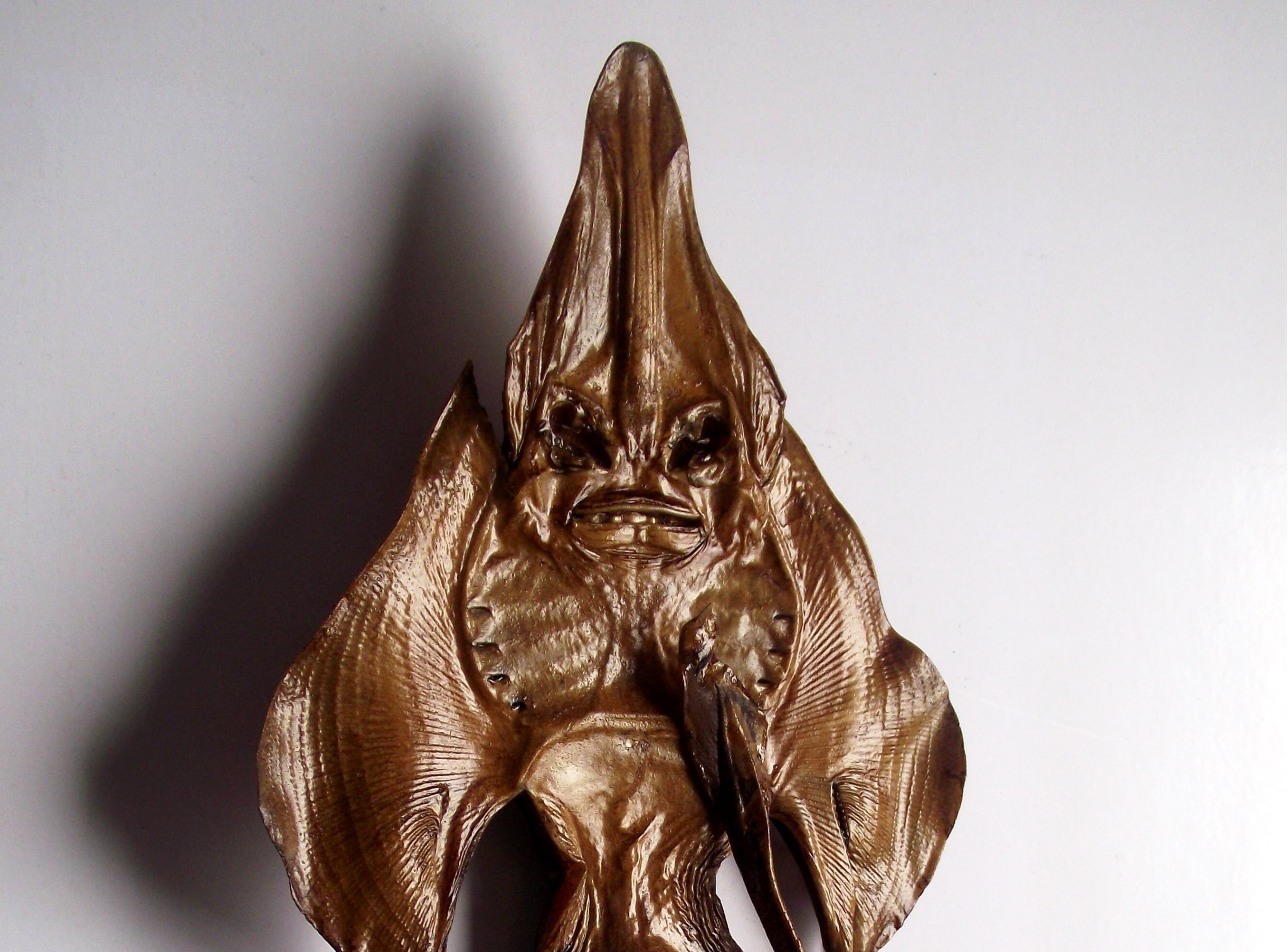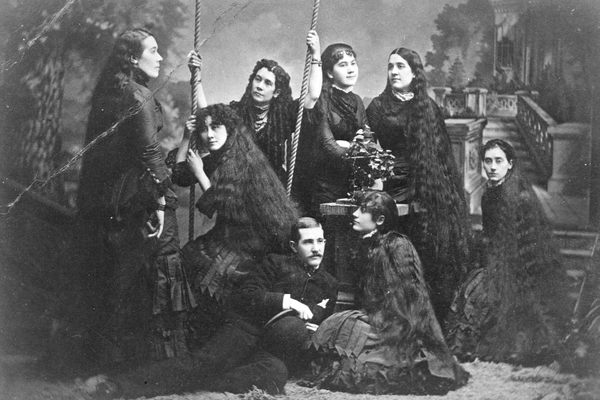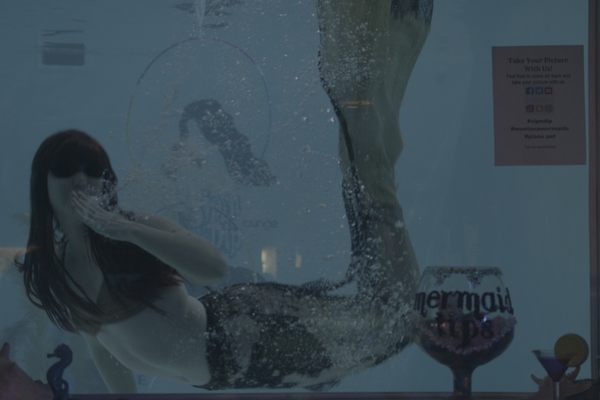The Long, Strange Legacy of One of the World’s Earliest Fake Mermaids
Jenny Hanivers date back to the 16th century, and are still collected today.

One of the earliest references to a Jenny Haniver dates to the Swiss naturalist Conrad Gessner’s Historia Animalium, from the 1550s. In a shop, Gessner had spotted a gruesome bit of creative taxidermy made from the remains of an aquatic ray, probably the work of a sailor hoping to pass it off as some kind of mythical sea creature. Gessner wasn’t fooled, but he did warn that “ordinary people are very much impressed with these things.”
Sometimes also called “devil fish,” Jenny Hanivers are shore-town oddities that hucksters have been billing as mummified dragons, mermaids, or other outlandish creatures since at least the 16th century. They predate the similarly hokey Fiji mermaids popularized by P.T. Barnum by hundreds of years.
“They used to be sold by sailors to tourists, just like shrunken heads and Fiji mermaids were later on,” says oddity collector Ryan Matthew Cohn, who’s encountered his fair share of Jenny Hanivers over the course of his career. “They’ve always had this kind of cheesy allure to them, which I find kind of cool.”

Fiji mermaids are typically made of a monkey torso grafted to a fish tail, but Jenny Hanivers are taxidermied rays, skates, or guitarfish. The broad, flat creatures are then heavily altered and desiccated to create a gruesome cryptid. Usually the nostrils and mouth, located on the underside of the animal, are positioned as the “face” of the fake creature, then various parts are clipped or cinched to create the impression of wings, legs, and monstrous appendages.

In the 19th and 20th centuries, Jenny Hanivers could often be found in cabinets of curiosity or midway freak shows of the pay-to-peek-behind-the-curtain variety, says Cohn. Given how far back they date, it’s likely they had a fairly significant influence on the wider world of oddities and curiosities. “I think it truly inspired things like the Fiji mermaid,” Cohn says.
Cohn believes that most of the specimens he sees today are of more recent vintage, but it’s hard to say concretely. Most Jenny Hanivers are heavily varnished to keep them from deteriorating, which makes them more difficult for collectors to date accurately. “I collect shrunken heads, and you can typically tell if something is a 20th-century piece versus a 19th-century piece based on the materials used, the threading and all that,” says Cohn. “But varnish has been used since the 18th century.”
The look and quality of each Jenny Haniver also varies widely. “I see more elaborate ones where they were not only splayed out, but they’ve also had putty added to them so that there’s more structural elements on the interior, and then they would be painted and detailed,” says Cohn. “There’s really good versions and really crummy versions that were clearly made in bulk to sell to tourists.”

As for where the name Jenny Haniver comes from, the precise origin isn’t known, but there is a prevailing theory. According to the reference book Mysterious Creatures: A Guide to Cryptozoology, the name may be a derivation of the French phrase jeune fille d’Anvers, or “young girl of Antwerp,” suggesting that the Belgian port may have once been a place where the creatures were crafted and sold.
Today, vintage Jenny Hanivers can still be found for sale, but new specimens are increasingly rare. As the blog Journal of the Bizarre noted in 2012, some threatened species of rays and skates are more protected and regulated than in the past, making them more difficult to produce.
Cohn doesn’t collect Jenny Hanivers himself, but he does consider them a staple of the oddity world. They remain quite popular among a certain type of curio collector, he says. “I know collectors who go wild for mythological anthropomorphic pieces,” he says. “There is definitely a large percentage of people who look for things like that.” In many ways, the Jenny Haniver’s legacy is similar to that of the Fiji mermaid it preceded: a grimly fascinating artifact from a decidedly less humane era.









Follow us on Twitter to get the latest on the world's hidden wonders.
Like us on Facebook to get the latest on the world's hidden wonders.
Follow us on Twitter Like us on Facebook